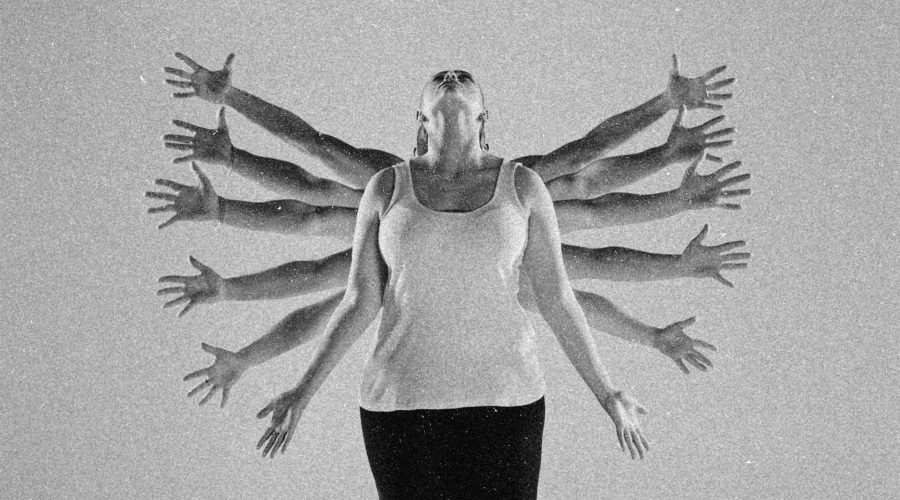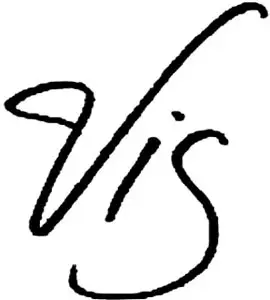The first time I was truly challenged to define Graphic Design, I confess, I felt woefully inadequate. It’s a question that, on the surface, appears deceptively simple, yet it plunges one into a labyrinth of historical context, philosophical debate, and technological shifts. Many outside the discipline, and even some within, cling to simplistic notions—a logo here, a flyer there. How provincial! It’s like judging a symphony solely by a single note or understanding a complex human solely by their outward attire. Graphic Design is not merely about making things “look pretty”; it is, for me, the very portal through which one learns to think about life. So, how has this protean discipline, often misunderstood, consistently managed to redefine its essence across the relentless march of time?
Echoes from the Past
To properly define Graphic Design, we must first establish its conceptual parameters before justifying its actions. Anthropological arguments suggest its origins lie in the archaic symbols and signs of ancient cultures, as posited by Chauvet, Deschamps, and Hillaire. Conversely, others, such as Setright or Hall, argue that the Industrial Revolution is its actual genesis. From a more semantic standpoint, Saussure, Eco, Jakobson, or Pierce define it as a linguistic system, while multidisciplinary thinkers such as Setright, Wong, Frutiger, or Aicher emphasize its projective work.
Academics like Lupton or Megg view it as a productive process, and Spanish and Latin American schools, including those of Chávez and Costa (supported by Maldonado or Shakespeare), focus on identity and the systematization of visual communication. Regardless of the specific lens, these diverse perspectives converge on a core understanding: Graphic Design is the prefiguration of all visual aspects that possess a clear purpose: to communicate.
Historically, intellectual movements like the German School of the 15th century, the typographic geniuses, the Arts & Crafts movement, Art Nouveau and Art Deco, the Bauhaus, Gestalt psychology, the Swiss School, the New York School, and the Digital Revolution, all serve as critical referents validating Graphic Design as an essential activity for societal development. Its primary object of study comprises the graphics, glyphs, and images that construct solutions to visual communication problems. Information is a pivotal component; without it, communication, and thus Graphic Design, cannot exist. Technology, in turn, plays an indispensable role in its development.
I find the “industrialization of design” fascinating—it’s as if a desperate artist sought validation through mass consumption rather than the appreciation of his work in a gallery.
This inherent ambiguity has even led to extensive debate, culminating in the 1999 “Barcelona Proposal,” which advocated for UNESCO to grant Design an independent code, recognizing Graphic Design’s dual classification within both Arts and Letters (as applied art) and Sociology (as visual communication/language).
Academic Rigor and Specialization
Academically, Design is a discipline that employs diverse methodologies, ranging from the Bauhaus to Munari, Papanek, and Design Thinking. Graphic Design, specifically, serves as a sub-discipline that operates on images, graphics, symbols, signs, signals, brands, graphic media, typography, calligraphy, and illustration. This encloses specialized areas such as editorial Design (for printed and digital information), typographic Design, editorial and artistic illustration, corporate identity design (logos and brands), digital graphic Design (for digital media pieces), signage design, comics and character design, and interface design (graphics for human-machine interactions), among others. In essence, it is a sub-discipline capable of specializing across various graphical applications.
Unfortunately, even academia, in its pursuit of commercial interests, is not immune to questionable practices. I have faced institutions that prioritize maximizing student enrollment over genuine education, sometimes even led by professors or individuals who are not designers themselves.
Nevertheless, to truly understand Graphic Design, we must establish its qualitatively and quantitatively measurable parameters, encompassing its main field of knowledge, its subfields, and its extra-disciplinary topics. It also needs an experimental and, at times, industrial understanding of science and technology.
The core object of study remains diverse graphics, including visual language and discourse, graphic forms, letters (calligraphy, typography, and lettering), colors, symbols, signs, and signals, along with the technology and tools that enable their development. Its specific field is visual communication, further subdivided into editorial Design, brand design, digital Design (web and its variants), multimedia Graphic Design, illustration, and advertising graphic design, all framed within the broader domain of communication. Moreover, Graphic Design operates under the mechanics of research, creativity, and analysis, taking into account economy, opportunity, efficiency, structure, organization, logic, function, form, emotion, sensation, intangibles, intellect, and concept.
The Future of Visual Reality
To forecast Graphic Design developmental trends, we must delineate two distinct futures: a possible or feasible future and an aspirational future.
Contextualized within society, its definition may even become geographically localized, differing between regions such as Latin America, North America, and Europe.
The possible future sees Graphic Design continuing its evolution within the paradigm of visual communication. This will be profoundly influenced by technological and innovative advancements, unrestricted access to information, evolving sensory and emotional perceptions, and the definition of digital environments that cultivate knowledge in societies consuming all systems and media where graphics are possible. This path will increasingly integrate subfields from other disciplines, such as visual anthropology, color theory (drawing on psychology and physics), behavior (from psychology and sociology), visual perception (drawing on physics and mathematics), ethnography, visual health, and cultural rescue, primarily through interdisciplinary and transdisciplinary collaborative projects.
We will see more designers with secondary qualifications in other fields seeking to strengthen Design as a way of understanding visual reality.
The aspirational future, however, ushers in a period of transition where cultural convergence becomes the primary development mechanism. Public and private spheres, software and hardware, reality and virtuality, internal and external, work and rest, consumption and passivity, information and noise—all are being renegotiated. This transition seems to establish a paradigm of conjugating societies rather than separating them. In this future vision, Graphic Design transcends a mere “doing” discipline, transforming into a discipline of reality management and transformation. New fields, such as robotics, artificial intelligence, or forms of thought (from philosophy), become fertile ground for exploration. Indeed, Graphic Design might even be adopted and reshaped by professionals from other areas to such an extent that it might no longer resemble what we currently define it to be.
We will see an increasing number of professionals seeking to learn Design to strengthen their study fields or to feel more creative.
The creative industries, in which Graphic Design plays a significant role, are experiencing robust growth, with a 6% annual increase in most countries and contributing an average of 13% to the global GDP, according to UNESCO. This growth magnifies the importance of understanding Graphic Design as:
- An interdisciplinary career that will expand its field of study, fostering new knowledge supported by unprecedented technological advancements. It is an inclusive activity.
- A tool for innovation and a discipline that adds high value to consumer products and services38. It is the added value of many industries.
- A specialized activity that, depending on the environment and the scope of work, will modify and refine its knowledge, method, and application based on the final objective.
Ultimately, Graphic Design, from a holistic perspective, emphasizes specialization and the consolidation of its role in sustaining and solving decisions that improve communication, production, quality, and human life itself. Graphic Design engages directly with one of humanity’s fundamental senses. Thus, the value we ascribe to that sense will determine the value inherited by the discipline.
Recommended Thematic Readings:
- Signos, Símbolos, Marcas, Señales, Adrián Frutiger (2007)
- La Imagen Corporativa, Norberto Chaves (2005)
- The Social Economy and public policies, Juan Barrera Cerezal (2008)
- How Brands Become Icons: The Principles of Cultural Branding, Douglas Holt (2004)
- Oxítobrands, marcas humanas para un mercado emocional, Marcelo Ghio (2009)
- Diseño y Comunicación Visual, Bruno Munari (2008)
- En búsqueda de la excelencia, Tom Peters (1982)
- Tierra de nadie: Una molesta introducción al estudio del Diseño, Gustavo Valdéz de León (2010)



